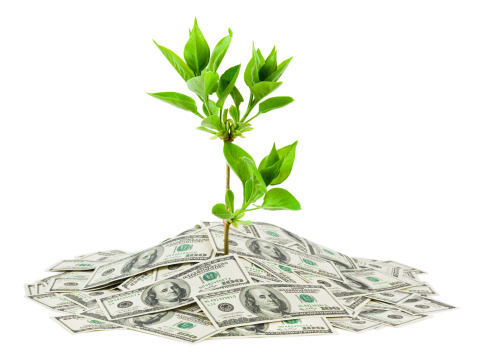Warmer weather means greener weather for homeowners across the U.S. Lawns go from sparse to lush to overgrown as grass tangles with weeds for supremacy, flowers bloom in garden lots and pots, and trees and shrubs fill out to the point where they demand pruning. But none of this can happen without water — which is why rain water harvesting just might prove your secret weapon in the battle for a beautiful home.
Mowing the lawn or weeding the garden is nobody’s idea of fun, but they make all the difference between being the envy of the neighborhood and receiving nasty letters from your homeowners’ association. Raking up those piles of cut grass can be a hassle too, but it’s important — not only for aesthetic reasons, but also because fleas and ticks love to breed in them. While you’re huffing and puffing away at these activities, think about the exercise you’re getting — and count yourself lucky that you have the water to keep cultivating all this landscaping.
Folks in some parts of the country rarely see rainfall, which means that they have to spend lots of money on watering (on those days they’re allowed to water). But even if you do see a decent amount of rain, you don’t necessarily want to wait around for the next storm.

How Rain Water Harvesting Keeps Your Green Thumb Green
That’s where rain water harvesting comes in. Collecting rainwater on a regular basis couldn’t be easier. All you need is a solid barrel that’s opaque enough to prevent algae formation (algae loves sunlight), a downspout running from your gutter to the barrel lid, a debris filter attached to one end of the downspout, and a runoff pipe that will re-route any excess water so the barrel never overflows. If you attach the runoff pipe to a second barrel, and a third, and so on, you can capture an enormous amount of rain water without having to monitor your system all the time.
What do you do with all this water? Well, you’d have to run it through a purifier before you can drink it — but there’s nothing stopping you from irrigating your lawn, garden, or orchard with it. Keep it in storage as insurance against the next draught, and you can keep on watering while your neighbors wait for the privilege of driving up their utility bills on their designated water-use days.
At this point you might be thinking, “That sounds great, but we might be lucky to get half an inch of rain once in a blue moon.” But stop and think about how much captured water that half-inch might represent. The City of Chandler, Arizona points out that a “mere” half-inch of rain running off of a 1,500-square-foot can result in up to 500 gallons of captured water — and if you live in an arid spot, that 500 gallons can make a critical difference to both your landscaping success and your water bill.

Smart Gutter Tips for Greener Gardens
Your gutters can play a crucial role in the health and wellness of your plant life. Not only do they perform the essential task of diverting water from your roof to your barrel for efficient rain water harvesting, but sections of old gutters can also double as planters (so don’t throw these sections away after you’ve upgraded to shiny new gutters).
The choice of gutter cover can also help you keep that harvested rainwater flowing smoothly. The installation of a Moonworks Gutter Helmet can prevent leaves, twigs, and other debris from entering the gutter and possibly clogging the downspout’s debris filter. Call Moonworks at 1-800-975-6666 to learn more about ways to integrate smart gutter technology into effective landscape management — and enjoy living in a home where “the grass is always greener!”
